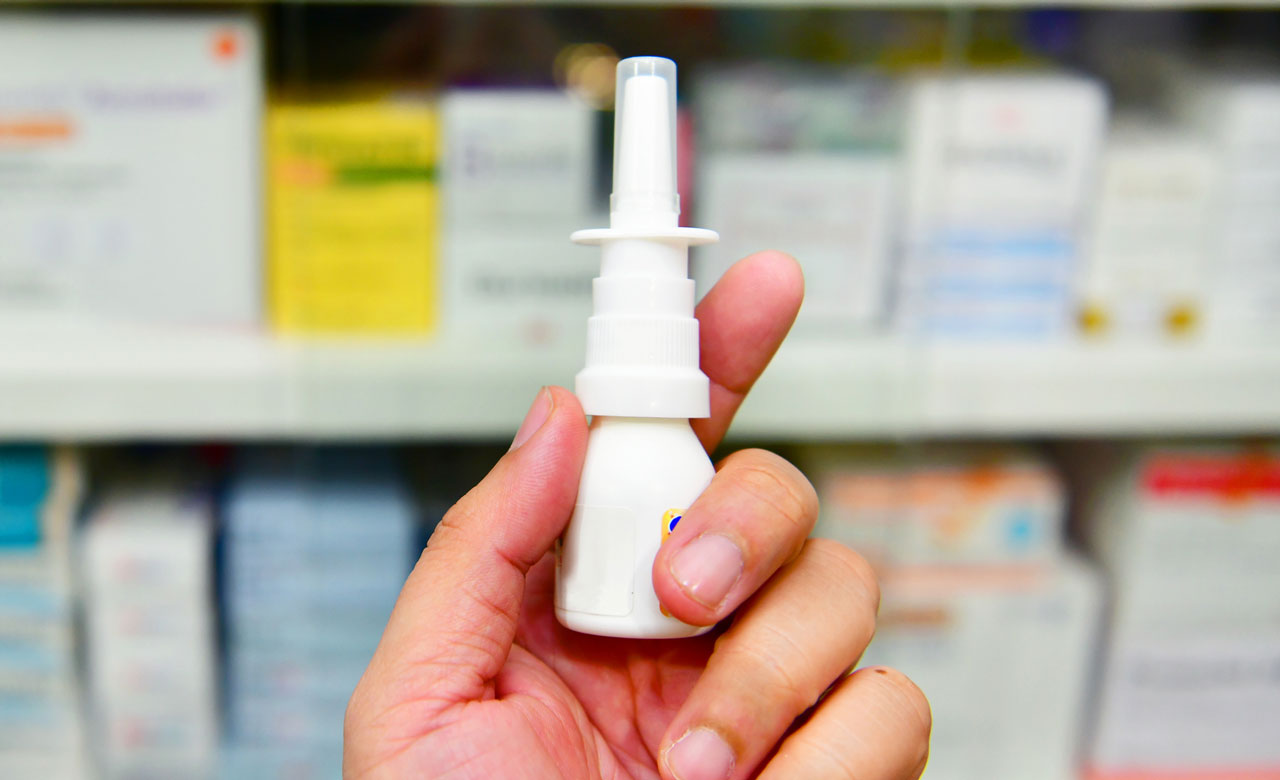Sonya Collins

In March 2023, FDA approved naloxone for OTC sale in a move that public health experts hope will dramatically increase access to the nasal spray and slash opioid overdose deaths.
Drug-related deaths in the United States topped 100,000 in each of the last two years. An estimated 75% of these deaths are attributable to opioids.
While every U.S. state has laws that allow pharmacists to dispense naloxone without a patient-specific prescription, the number of doses dispensed at pharmacies is low relative to the total number dispensed each year.
In 2021, of the nearly 17 million doses of naloxone distributed, just 2.64 million originated at pharmacies, according to the March 2023 Naloxone Economic View, a report released by the Reagan-Udall Foundation for FDA.
Experts expect that naloxone’s OTC status will make pharmacies a safe and easy point of access—but only if this price is right.
“The idea that Narcan [the brand name for naloxone] could become available OTC was overwhelmingly supported by the experts,” said Rosanna Smart, PhD, an economist at RAND Corporation, whose recent research involved surveying an expert panel of clinicians, social service practitioners, policymakers, advocates, and researchers on naloxone access. “They think it could have a big impact in terms of getting naloxone out to communities.”
OTC naloxone’s expected impact
Despite pharmacists’ authority to stock and dispense naloxone without a patient-specific prescription, not all pharmacies keep the opioid antidote on their shelves. In some states, around half of pharmacies stock it, but in others that number may be closer to just a quarter of pharmacies.
Among those that do include naloxone in their inventories, research suggests that many pharmacists are uncomfortable dispensing it. In some surveys, pharmacists have cited lack of training; other studies have shown that, at least in rural areas, pharmacists incorrectly believe patients need a prescription for the drug.
“There are also views out there about naloxone producing moral hazard effects, and that may act as a personal barrier to dispensing,” said Evan Peet, PhD, an economist at the RAND Corporation whose research focuses on the opioid crisis.
OTC naloxone would ostensibly resolve those types of gaps in access and address other barriers, too.
Even in pharmacies that dispense naloxone, there’s no guarantee that patients who need it will walk out with it. Stigma may play a role in this discrepancy, as patients still must approach the pharmacy counter and ask for the lifesaving drug.
“Making it available alongside products like Tylenol was something that the experts thought could reduce stigma and encourage a broader set of people to obtain this and carry it around,” Smart said.
The question of cost
Drugmaker Emergent Biosolutions has not yet announced what their OTC product will cost.
For Medicaid beneficiaries, and some who carry private insurance, prescription naloxone comes at no cost. For those who must make a copayment, the average is $25, according to a September 29, 2022, study in Substance Abuse by Messinger and colleagues, which speculated that this cost alone was a deterrent for many people who might need the antidote.
Uninsured patients on average paid $73.62 for Narcan and $67.99 for generic naloxone in 2018, according to an August 19, 2022, study in JAMA Health Forum coauthored by Peet.
Should the cost of an OTC product be similar to the latest cash prices for the prescription drug, price would be a barrier for a major segment of the potential market. People living below the poverty line account for 1 in 4 opioid overdose deaths. Nearly 40% of those who die by overdose rent their homes, a quarter did not complete high school, and more than a third have no more than a high school diploma or GED.
Prescription injectable naloxone will continue to be available in pharmacies and at the charitable organizations that give it away for free—with the same pre-existing barriers to access. OTC naloxone is expected to be available this summer. Just how much it will help curb opioid overdose deaths depends on just how much it costs. ■